Canning technology has preserved foods for over 200 years, helping humans store food safely for longer periods. But somewhere along the way, food manufacturers got a little too creative with what they decided to seal in metal containers.
From whole animals to complete meals, these bizarre canned creations push the boundaries of what should be preserved.
1. Whole Chicken in a Can
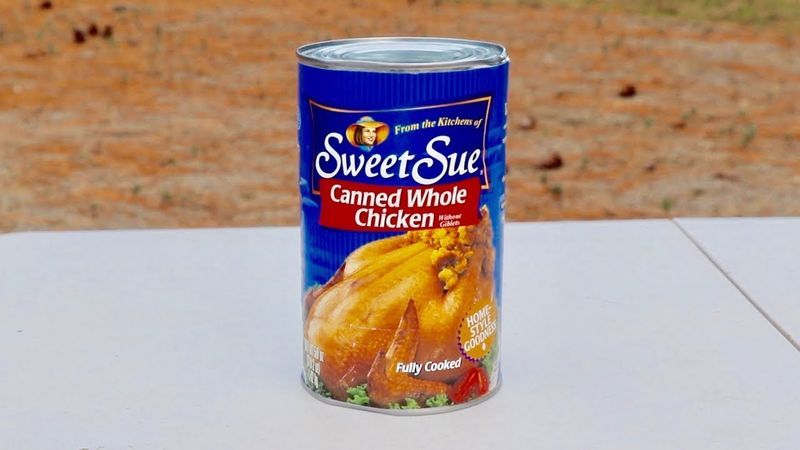
Opening a can of Sweet Sue’s Whole Chicken unleashes a gelatinous nightmare that slides out with an unsettling thud. The pale, glistening bird sits in congealed broth, looking like something from a mad scientist’s lab rather than dinner.
Despite being fully cooked and technically edible, most people can’t get past the visual horror. The chicken’s skin becomes rubbery and pallid during the canning process, while the meat takes on a strange texture that’s nothing like freshly roasted poultry.
Survival preppers might stock it for emergencies, but most food critics and ordinary consumers agree this is one product best left on the shelf. When your meal requires emotional preparation before consumption, it’s probably not worth the culinary trauma.
2. Cheeseburger in a Can
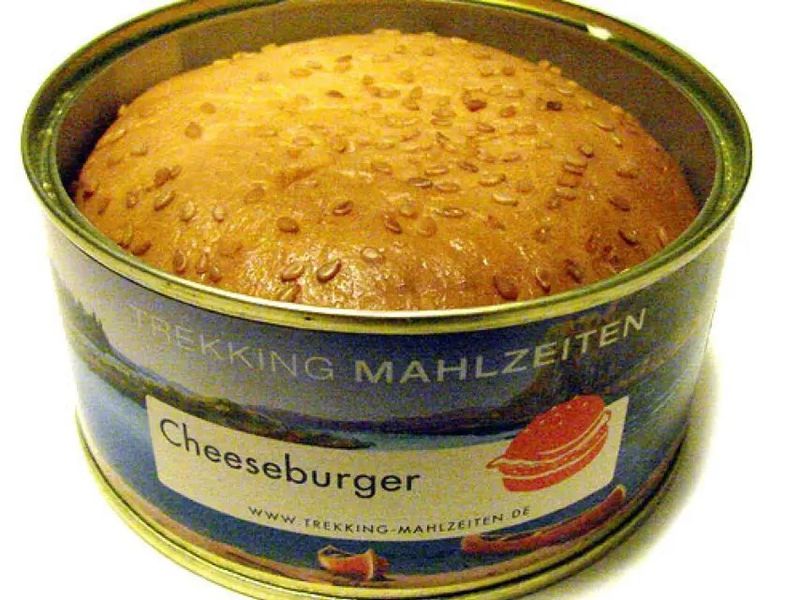
Created supposedly for hikers and outdoor enthusiasts, the canned cheeseburger from Trek’n Eat resembles a sad science experiment gone wrong. The concept sounds convenient until you see the soggy, gray patty and limp bun emerge from their metal prison. The texture is the first betrayal – simultaneously mushy and rubbery.
Any resemblance to a fresh burger disappears during the canning process, leaving behind something that’s more mystery than meat. The cheese component fuses with the bun in an unholy alliance of processed dairy and soggy bread.
German engineers might excel at building cars, but their attempt at canning America’s favorite fast food proves some meals should remain freshly made. Even the most desperate hiker might prefer hunger to this apocalypse-ready sandwich.
3. Boston Brown Bread in a Can
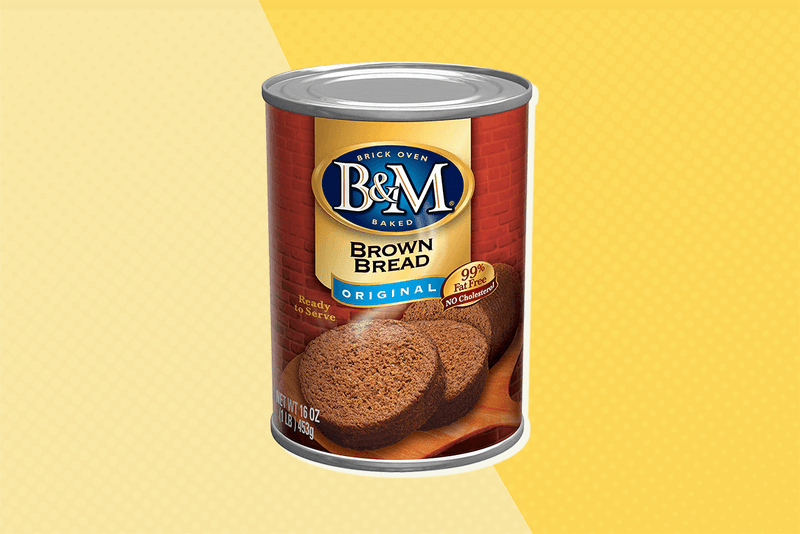
B&M’s canned bread stands as a peculiar New England tradition that bewilders the rest of America. This dense, molasses-sweetened cylinder slides from its can with perfect ridges intact, looking more like a construction material than something edible.
The texture falls somewhere between cake and bread, but the metallic undertones from its packaging create an unsettling flavor profile. New Englanders might slather it with cream cheese or baked beans as tradition dictates, but newcomers often struggle with the concept of bread from a can.
Dating back to colonial times when ovens were scarce, this steam-cooked creation made practical sense. Today, however, with modern baking methods widely available, the continuation of canned bread seems more like culinary stubbornness than necessity.
4. Pork Brains in Milk Gravy
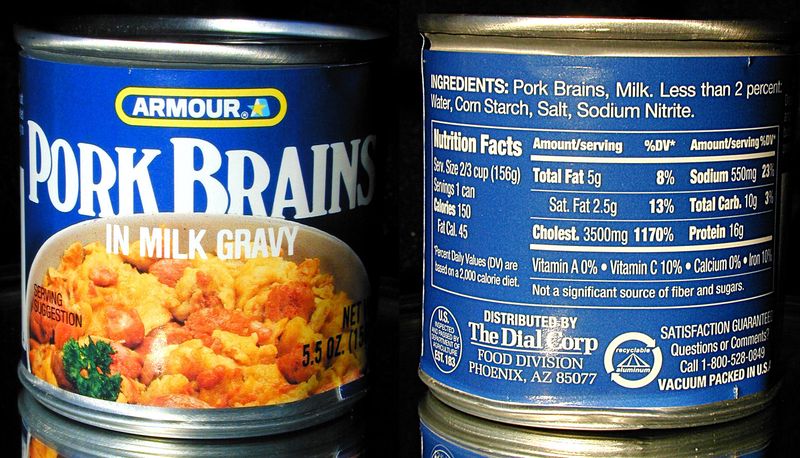
Armour’s infamous canned pork brains swim in a murky milk gravy that would make even adventurous eaters hesitate. The grayish-pink matter resembles something from a medical specimen jar rather than a food product, creating immediate visceral reactions from the uninitiated.
A single serving contains a staggering 1,170% of your daily recommended cholesterol intake – a nutritional red flag if there ever was one. Traditional in parts of the American South, where they’re sometimes scrambled with eggs, these brains represent a disappearing culinary tradition that most modern consumers can’t stomach.
The texture falls somewhere between soft scrambled eggs and wet tofu, with a distinctive organ meat flavor that lingers uncomfortably. This product epitomizes the disconnect between traditional offal consumption and contemporary eating habits.
5. Canned Spaghetti with Hot Dogs
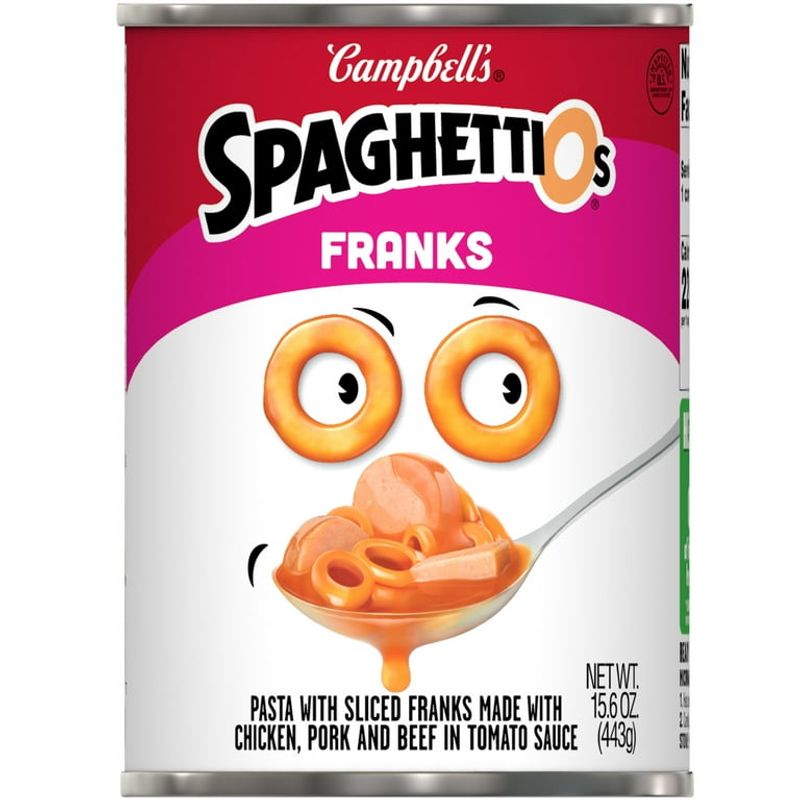
Whoever decided to combine overcooked pasta, watery tomato sauce, and rubbery hot dog pieces created the culinary equivalent of giving up on life. The slimy noodles cling desperately to each other as if afraid of the sauce they’re swimming in.
The hot dogs, sliced into sad little discs, lose whatever dignity they might have had on a bun. Their flavor seeps into the already questionable sauce, creating a strange meat-adjacent taste that permeates everything. Children might accept this concoction, but only because their palates haven’t developed enough to know better.
While marketed as a quick meal solution, this fusion represents convenience at its most desperate. The five minutes saved versus boiling actual pasta hardly justifies the flavor sacrifice – a sobering reminder that not all food innovations represent progress.
6. Hamburger Patties Drowning in Gravy
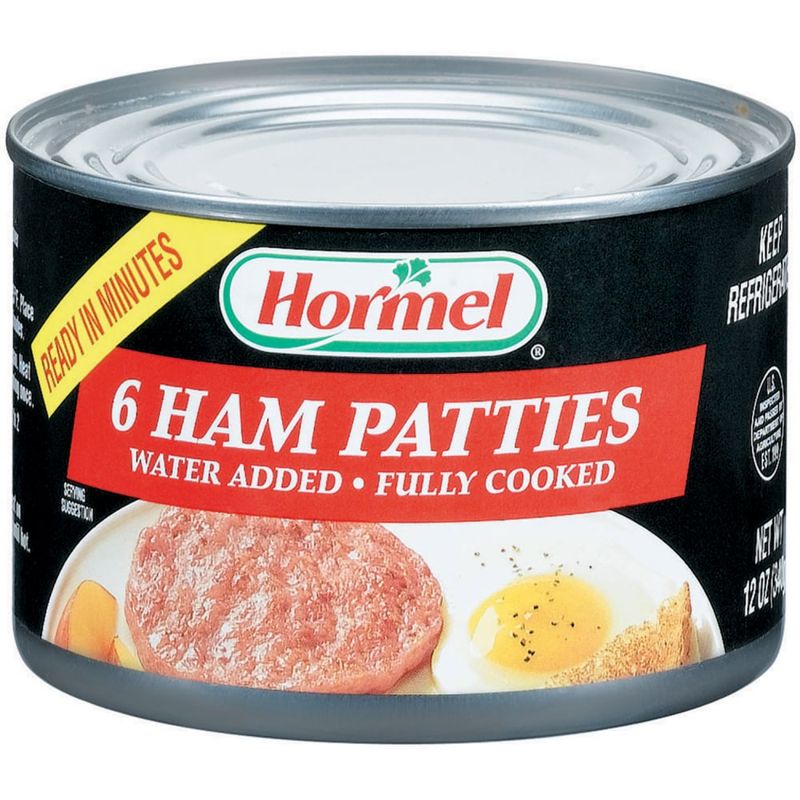
Hormel’s attempt at preserving America’s beloved burger resulted in gray, flavorless meat discs floating in a sea of suspicious gravy. These sad patties bear little resemblance to their grilled counterparts, with a texture more like wet cardboard than beef. The gravy, presumably added to maintain moisture, creates an identity crisis – is it a burger? A salisbury steak? Or just a meat-adjacent product that defies categorization?
Opening the can releases an aroma that combines industrial meat processing with artificial flavors that no backyard grill would recognize. Marketed as a quick dinner solution, these canned patties represent convenience gone too far.
Some foods simply lose their essence when canned, and hamburgers top that list. Even the most desperate bachelor might draw the line at these gravy-soaked disappointments.
7. Rattlesnake Meat

Novelty food reaches its apex with canned rattlesnake meat, a product that exists primarily as a dare rather than sustenance. The stringy, bony pieces swim in an oily brine that does nothing to enhance its already questionable appeal.
Flavor-wise, it disappoints even the most adventurous eaters, offering neither the exoticism they hoped for nor a satisfying taste experience. Most describe it as a strange hybrid of fishy chicken with an undertone of wild game, but the texture – simultaneously tough and mushy – presents the biggest challenge. Despite marketing claims about being a survival food or Western delicacy, canned rattlesnake serves better as a gag gift or conversation piece.
When your food’s primary value comes from shocking guests rather than nourishing them, perhaps it shouldn’t have been canned in the first place.
8. Cheesecake in a Metal Container
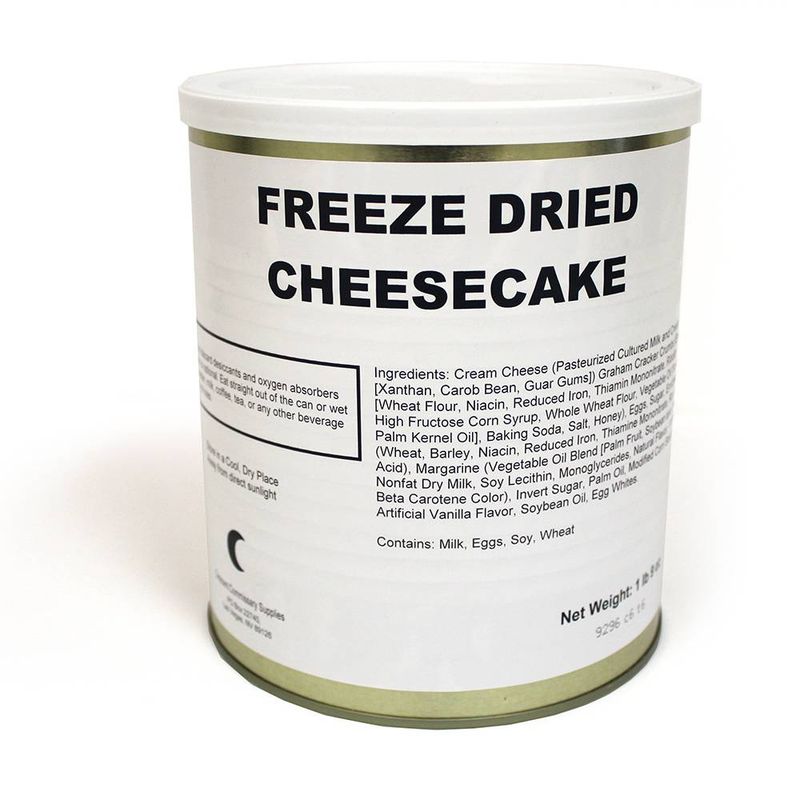
The Canned Cake Company committed a culinary crime by trapping cheesecake – a dessert that thrives on freshness and texture – in an airless metal prison.
The result emerges as a dense, overly sweet substance that barely resembles its fresh counterpart. The graham cracker crust absorbs moisture from the filling during storage, creating a soggy foundation that crumbles unpleasantly. Meanwhile, the once-creamy cheese filling develops an odd grainy texture and metallic aftertaste that no amount of cherry topping can disguise.
Marketed toward preppers and emergency food stockpilers, this product sacrifices everything delightful about cheesecake for shelf stability. Some desserts simply cannot survive the canning process with their dignity intact, and cheesecake stands as prime evidence of this gastronomic truth.
9. Pre-made PB&J Sandwich

The Candwich company somehow convinced investors that people needed peanut butter and jelly sandwiches in cylindrical cans. The result? A vacuum-sealed pouch containing a spongy bread disc smeared with industrial-grade spreads that barely resemble actual peanut butter or fruit preserves.
The bread maintains a strange, never-stale-yet-never-fresh consistency through chemical preservation methods better left unexamined. Opening the can releases a synthetic sweet smell that bears little resemblance to the comforting aroma of a freshly made PB&J.
The concept defies both logic and convenience – making a peanut butter sandwich takes less than a minute, requires no special skills, and results in a superior product. This might be the only food where the packaging takes more time to open than the alternative would take to prepare from scratch.
10. Fish Balls in Murky Broth
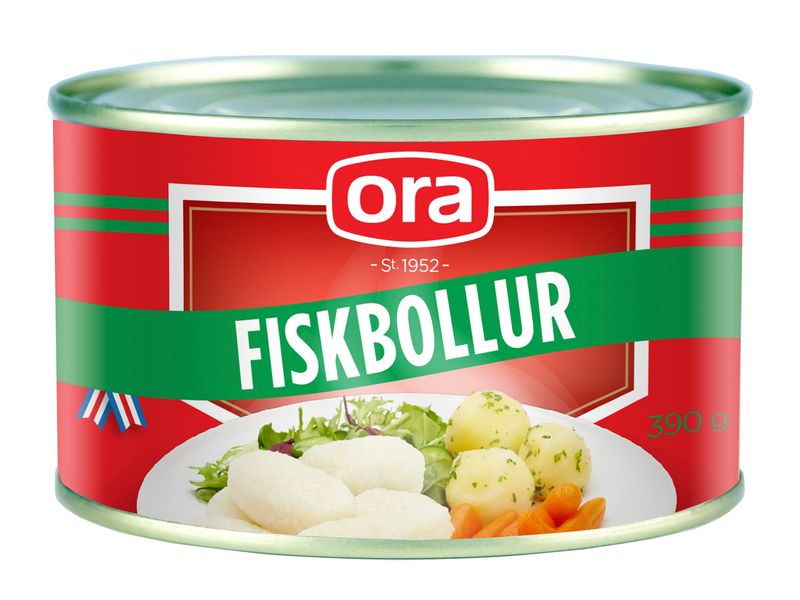
Popular in some Asian cuisines but perplexing to Western palates, canned fish balls from brands like Iberia represent texture and flavor lost in translation. These pale, perfectly round spheres of processed fish paste float eerily in a cloudy broth, resembling aquatic eyeballs more than food.
The rubbery bounce between your teeth creates an unsettling mouthfeel that few can appreciate without cultural context. Each ball offers a concentrated fishy flavor with undertones of whatever mysterious binders hold these spheres together.
Opening the can releases a pungent aroma that quickly fills the room, announcing your culinary choice to everyone within smelling distance. While these may be comfort food in some households, for the uninitiated, canned fish balls represent one of those foods where cultural appreciation requires significant determination to overcome initial sensory objections.
11. Scrambled Eggs in Preserved Form
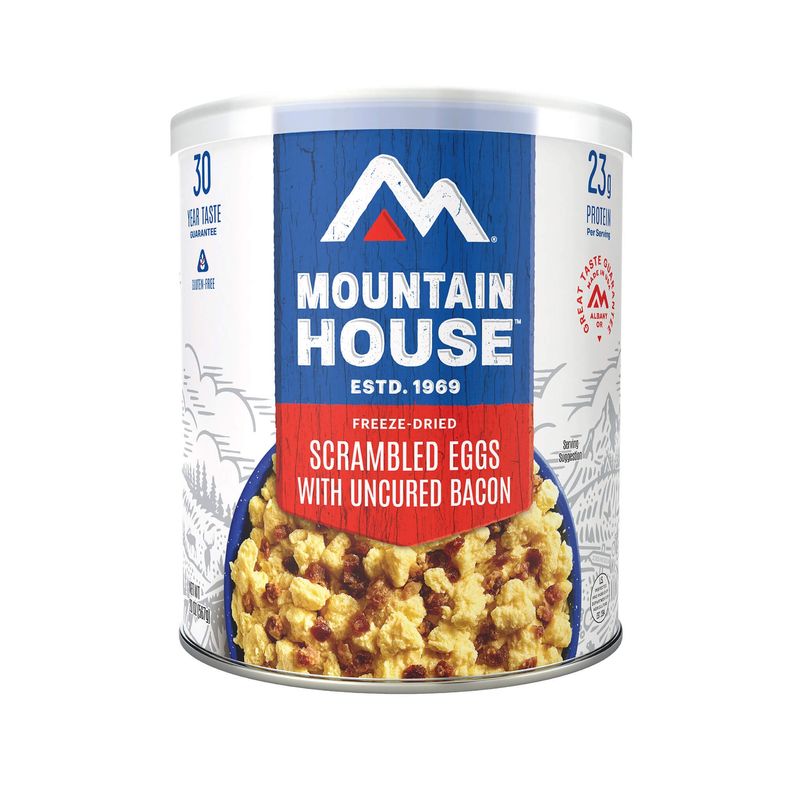
Mountain House thought they solved breakfast for campers and emergency preppers, but their canned scrambled eggs prove some foods should remain freshly cooked. Depending on the preparation method, these eggs transform into either a gritty powder or slimy yellow mass that bears only a passing resemblance to actual scrambled eggs.
The color alone raises concerns – a too-bright yellow that seems to glow with artificial enhancement. Texture presents the biggest betrayal, with none of the fluffy, tender qualities that make fresh eggs enjoyable. Instead, eaters encounter something simultaneously rubbery and grainy.
The flavor profile includes unwelcome notes of preservatives and packaging that overshadow any eggy taste. When a food’s primary selling point becomes “technically edible in emergencies,” perhaps it’s worth questioning whether convenience justifies the complete sacrifice of culinary pleasure.
Leave a comment